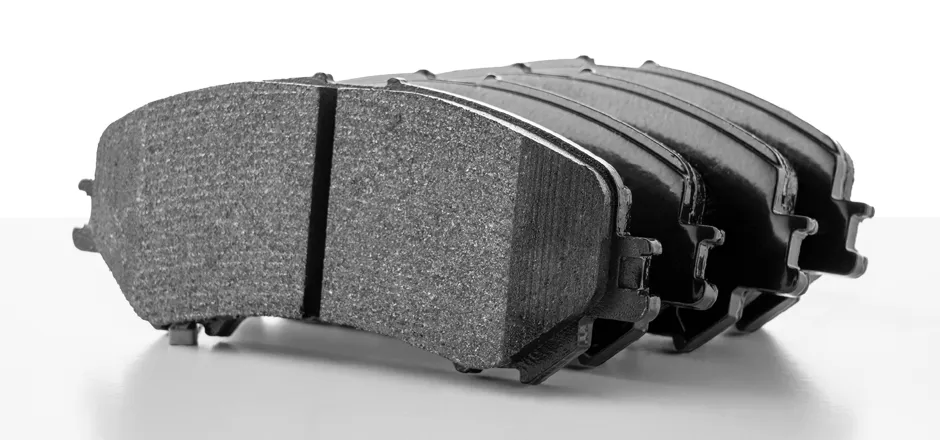Your car’s brake system is constantly communicating with you, and it does so through your senses. The sounds you hear and the sensations you feel are not random; they are valuable signals about your vehicle’s health. Learning to differentiate between noise and vibration is key to diagnosing a brake problem early. Understanding what your brakes are telling you can save you from a major repair or, more importantly, a dangerous situation on the road.
The Sound of Trouble: What Brake Noises Mean
Brake noises are often a straightforward indicator of a problem. They can range from a simple warning to a sign of immediate danger.
- Squealing or Chirping: This is typically a high-pitched sound you hear when you apply the brakes.
- What it means: This is often the sound of a brake pad wear indicator. Most pads have a small metal tab that makes a noise when the pad material has worn down. It’s a sign that you need new pads soon. However, it can also be caused by moisture or dust on the rotors after a rainy or humid night.
- Severity: Low to medium. It’s a signal to schedule a brake inspection soon, but not necessarily a sign of a catastrophic failure.
- Grinding or Growling: This is a much louder, harsher sound. It is a sign of a severe problem.
- What it means: This noise occurs when the brake pads have worn completely away, and the metal backing plate is grinding directly against the brake rotor. In this case, you have metal-on-metal contact.
- Severity: High. This is an emergency. It indicates immediate and extensive damage to your rotors and a significant loss of braking power. You should stop driving and have the vehicle towed to a mechanic.
The Feel of a Problem: What Brake Vibrations Mean
Vibrations in your brake system are typically a sign of a physical issue with the rotors or calipers.
- A Pulsing Brake Pedal: If your brake pedal pulses or vibrates when you press it, especially at higher speeds, it is a clear warning sign.
- What it means: This is often diagnosed as a “warped rotor,” but it is more accurately caused by uneven deposits of brake pad material on the rotor’s surface. Consequently, the brake pads hit these uneven spots, causing a pulsation.
- Severity: Medium. It reduces braking effectiveness and should be addressed by a professional.
- Shaking Steering Wheel: A vibrating steering wheel when braking is a classic symptom.
- What it means: This almost always indicates an issue with your front brakes. The vibrations from the rotors are being transferred up through your steering column.
- Severity: Medium. It’s a sign that your rotors likely need to be resurfaced or replaced.
- The Car Pulls to One Side: When you brake, your car should slow down in a straight line. If it consistently pulls to the left or right, a problem exists with your braking force.
- What it means: This is often a sign of a sticking caliper. One caliper is failing to apply the correct amount of pressure, or one is not releasing. As a result, the braking force becomes unbalanced.
- Severity: High. An unbalanced braking system can cause a loss of control in an emergency and should be fixed immediately.
A Final Word on Diagnosis
Ultimately, the ability to distinguish between a squeal (a warning) and a grind (an emergency) can empower you to make smarter decisions about your vehicle’s health. However, these symptoms are only a guide. A professional inspection is the only way to get a definitive diagnosis and ensure your vehicle is safe to drive.



